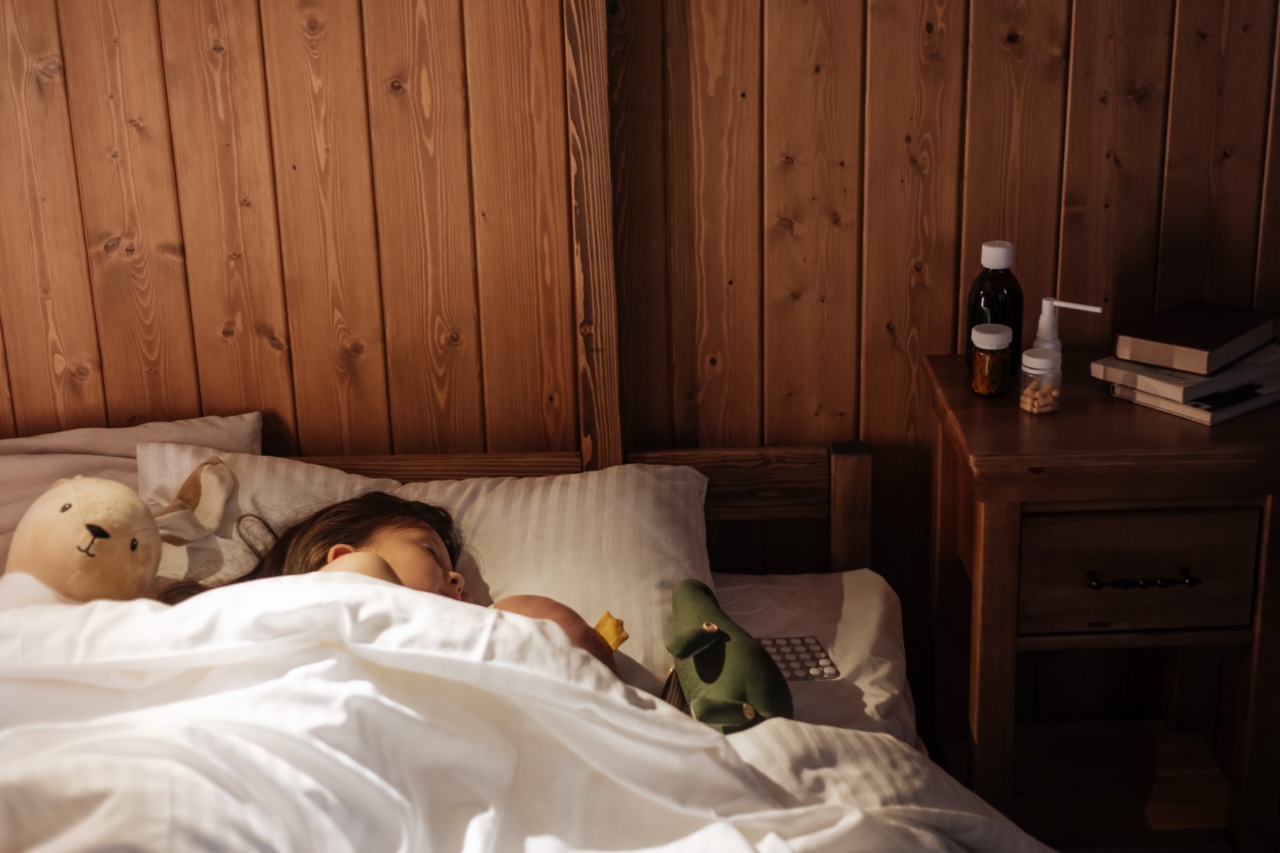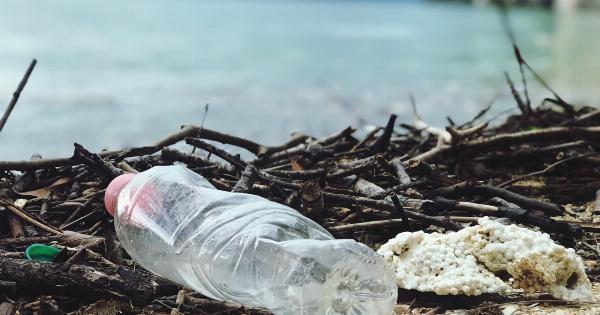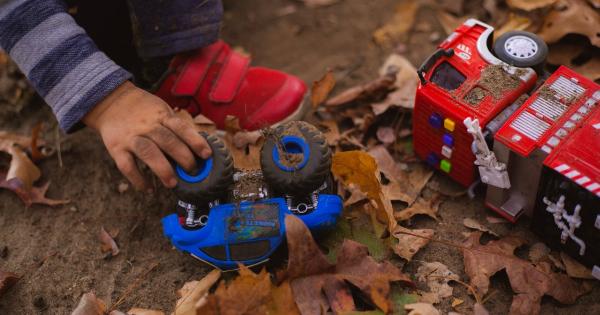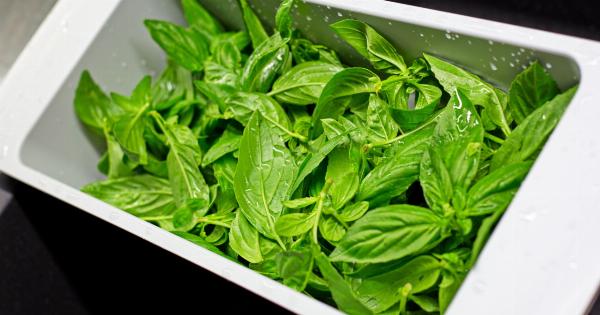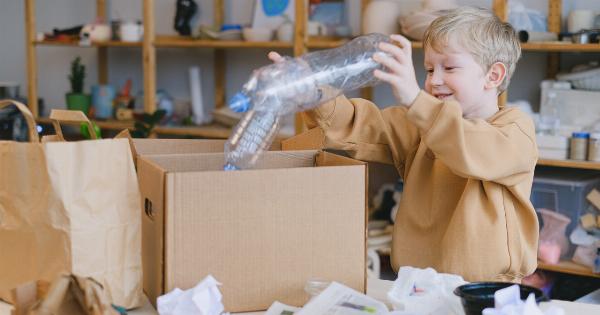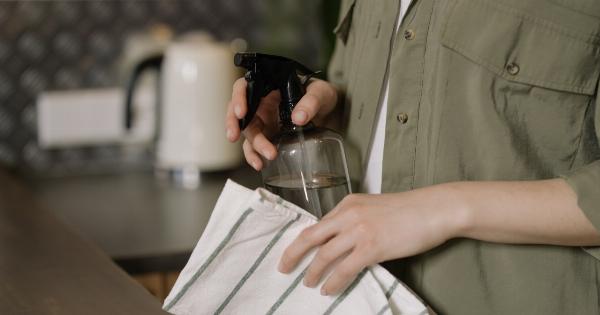Childhood poisonings are a serious concern that can result in significant harm or even death if not promptly addressed. Young children, in particular, are at a higher risk because of their natural curiosity and tendency to explore their surroundings.
As parents and caregivers, it is crucial to understand the common causes, recognize the symptoms, and be aware of the appropriate treatment for childhood poisonings.
Common Causes of Childhood Poisonings
Children can be exposed to various toxic substances in their everyday environments. Some common causes of childhood poisonings include:.
1. Household Chemicals: Cleaning products, pesticides, detergents, and laundry pods are commonly found in households and pose a significant risk if ingested or exposed to a child’s skin or eyes.
2. Medications: Over-the-counter and prescription medications, such as pain relievers, vitamins, or supplements, can be harmful when taken in excessive amounts or by children not intended to have them.
3. Plants: Several indoor and outdoor plants, including some popular ones like lilies, oleander, and dieffenbachia, can be toxic if ingested by children or even through contact with their skin.
4. Cleaning Products: Bleach, drain cleaners, and other powerful cleaning agents can cause severe harm if a child accidentally ingests or inhales them.
5. Lead: Exposure to lead-based paint, dust, or contaminated soil can lead to lead poisoning, especially in older homes or buildings with deteriorating paint.
6. Pesticides: Insecticides, rodenticides, and other chemicals used for pest control can be hazardous if ingested or inhaled, making them a significant concern for children.
7. Personal Care Products: Cosmetics, perfumes, nail polish remover, and hair products may contain harmful substances that can pose a risk if swallowed or applied incorrectly.
It is essential to store all potentially toxic substances out of children’s reach and ensure childproof packaging for added safety.
Symptoms of Childhood Poisonings
The symptoms of childhood poisonings can vary depending on the substance ingested or exposed to. Some common symptoms include:.
1. Upset Stomach: Nausea, vomiting, and diarrhea are common signs that a child may have ingested a toxic substance.
2. Difficulty Breathing: Exposure to toxic fumes or inhalation of hazardous substances can cause breathing difficulties, coughing, or wheezing.
3. Skin Rashes or Irritation: Contact with certain plants, chemicals, or allergens may result in skin redness, itching, or irritation.
4. Unusual Behavior: Restlessness, confusion, dizziness, or excessive sleepiness can be indicators of a poisoning episode.
5. Seizures: In severe cases, a child may experience seizures or convulsions due to the toxic effects of certain substances.
It is important to note that symptoms can vary widely, and some poisons may not immediately show visible signs. Therefore, being vigilant and seeking immediate medical attention when any poisoning is suspected is crucial.
Treatment for Childhood Poisonings
If a child has ingested or been exposed to a toxic substance, it is important to take the following steps:.
1. Stay Calm: It is important to remain calm to assess the situation accurately and provide the necessary help.
2. Contact Poison Control: Call the nearest poison control center or national helpline for immediate guidance. They are equipped to provide advice on appropriate actions based on the specific substance involved.
3. Do Not Induce Vomiting: Unless directed by a medical professional or poison control, it is generally not recommended to induce vomiting in a child who has ingested a toxic substance.
4. Follow Medical Advice: Poison control or medical professionals will guide you on whether to observe the child at home, seek immediate medical attention, or administer any first aid measures until medical help arrives.
5. Prevent Further Exposure: Ensure the child is removed from the source of poisoning or the hazardous environment to prevent further exposure or harm.
It is important to note that treatment may vary depending on the specific substance and severity of poisoning. Medical professionals should be consulted for appropriate guidance and treatment protocols.
Conclusion
Childhood poisonings are a serious concern that requires immediate attention and appropriate actions.
Understanding the common causes, recognizing the symptoms, and knowing how to respond in case of a poisoning incident can play a crucial role in preventing serious harm to children. By implementing safety precautions, storing toxic substances out of reach, and seeking immediate medical attention, we can help protect our children from the risks of childhood poisonings.
